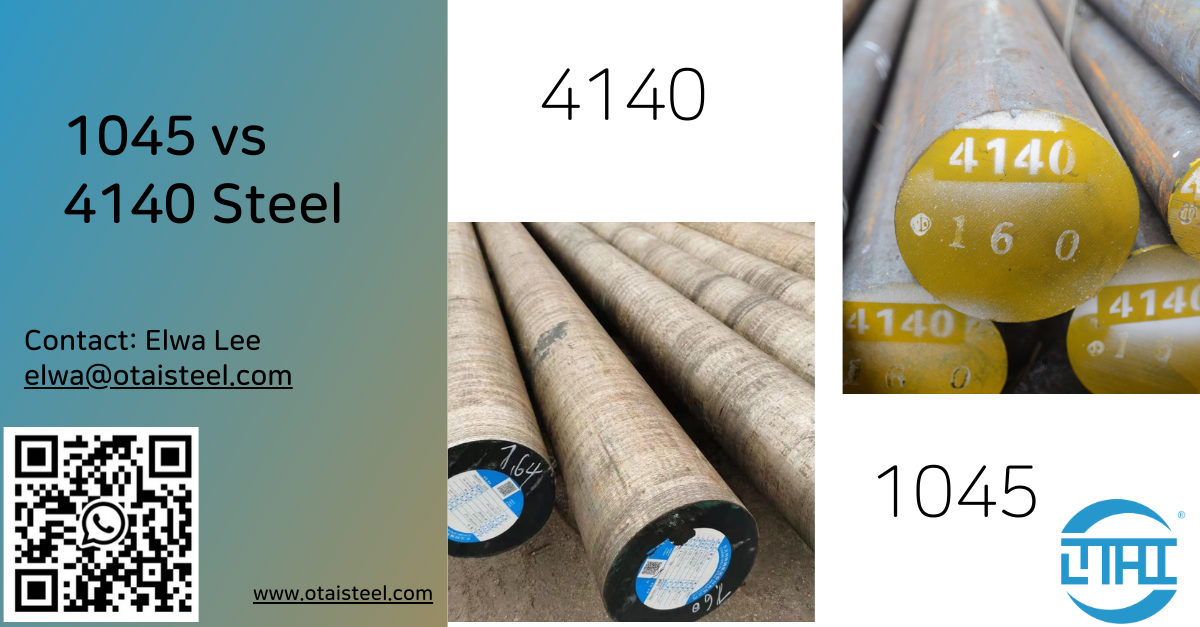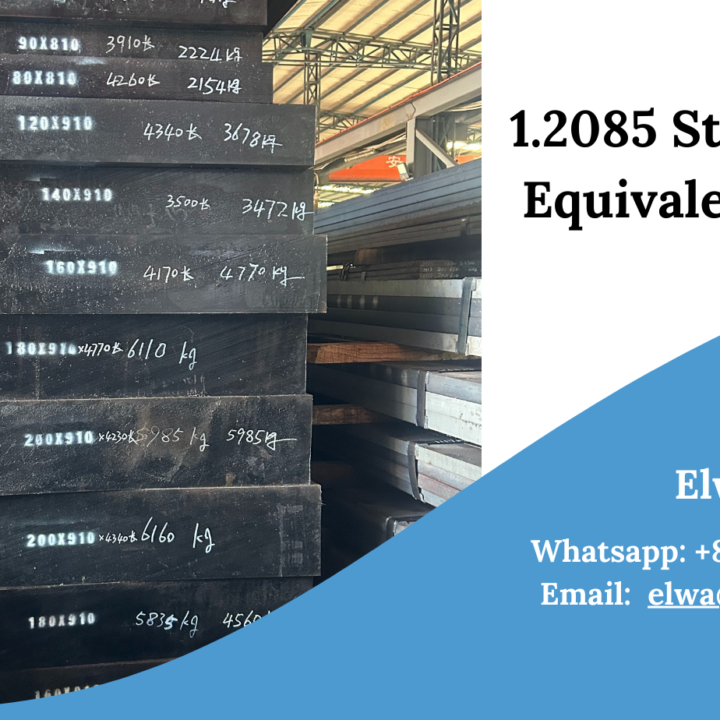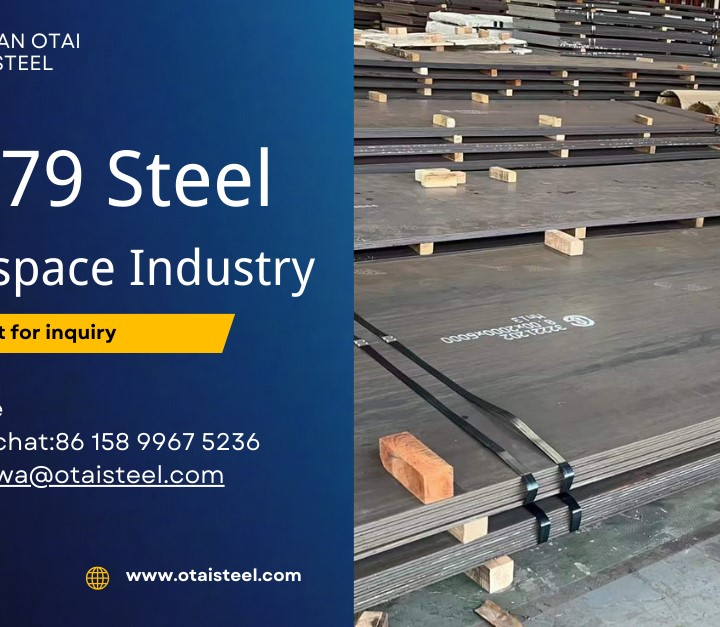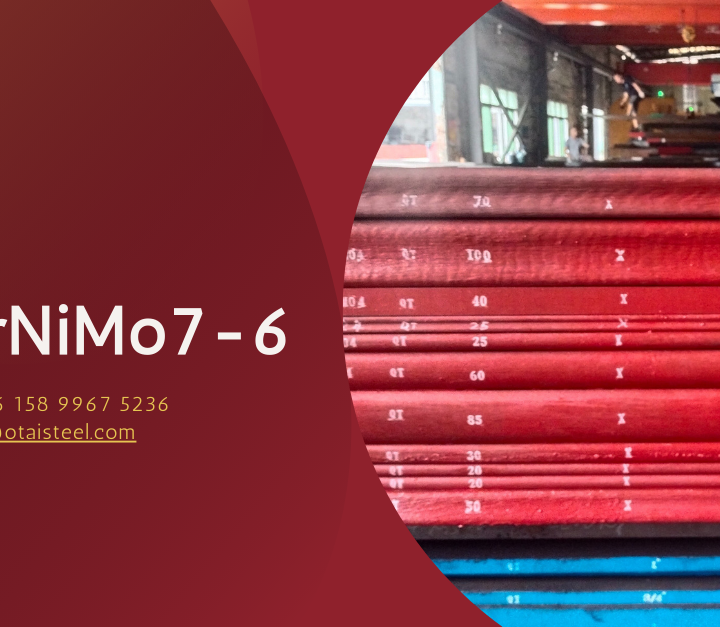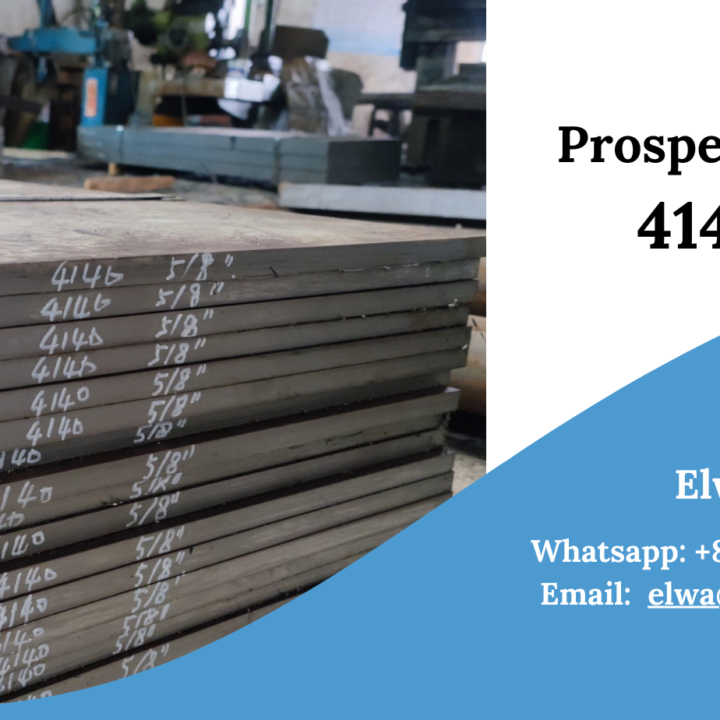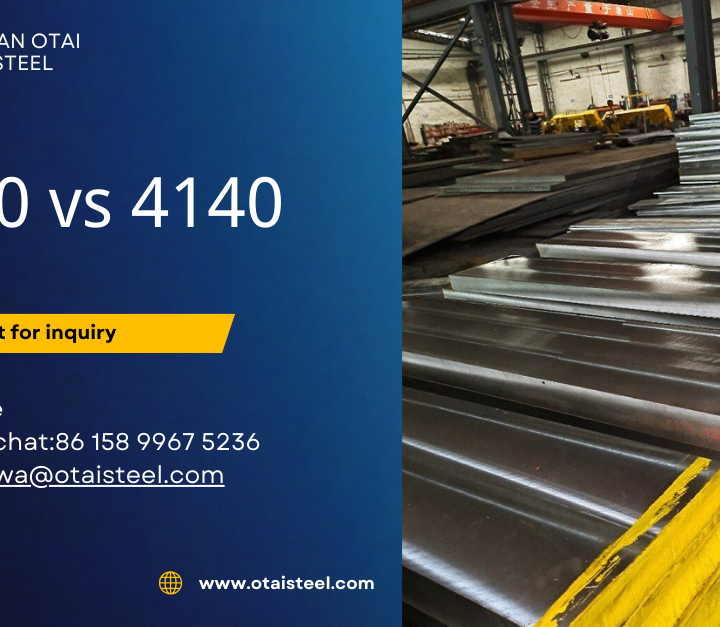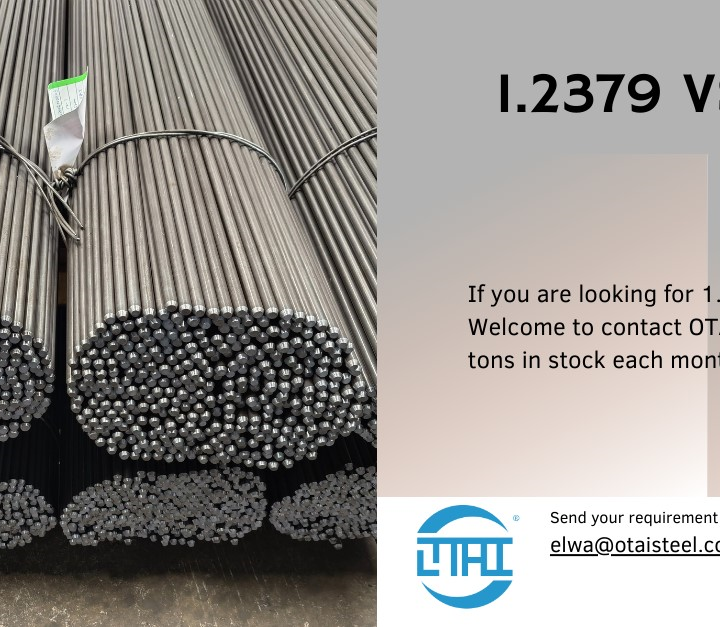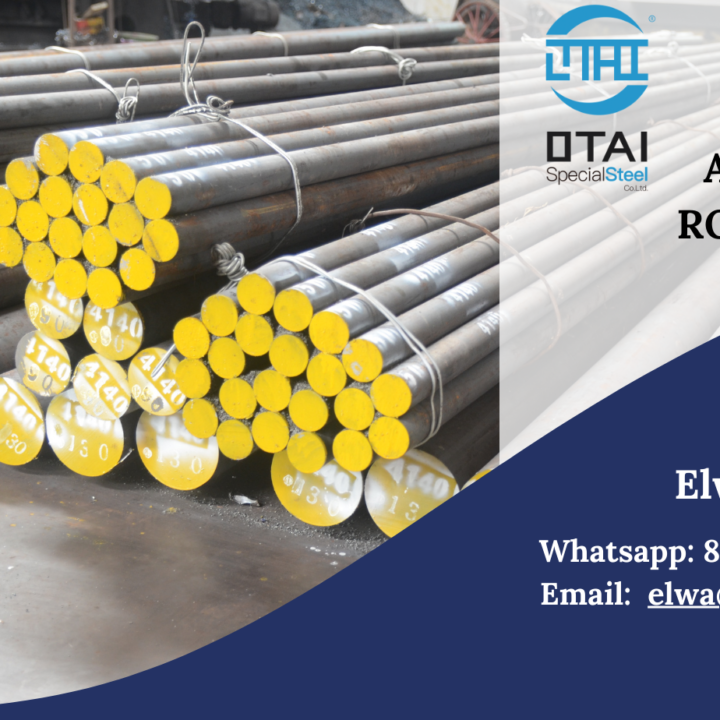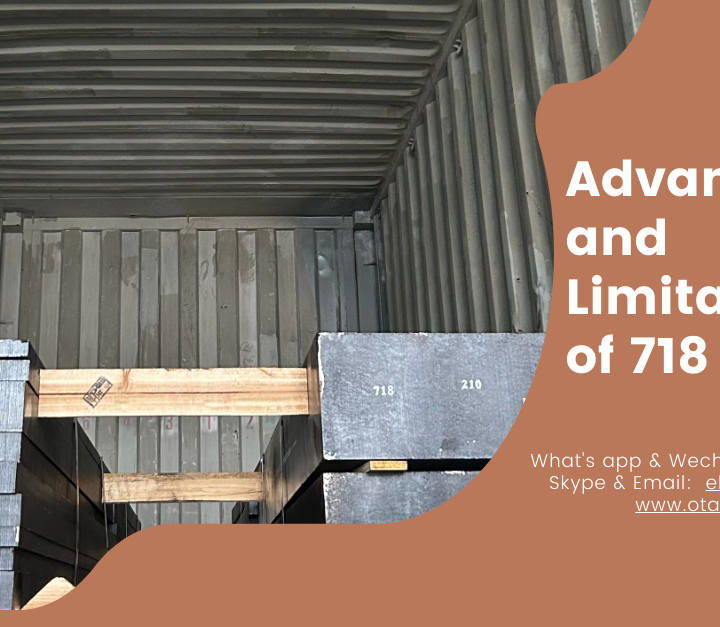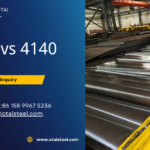When it comes to selecting the right steel for your project, choosing between 1045 and 4140 steel can be a pivotal decision. These two steel grades have distinct properties and applications, and understanding the differences can significantly impact the success of your project.
Introduction
1045 steel is a medium carbon steel known for its remarkable strength and wear resistance. It contains roughly 0.45% carbon, making it a versatile choice for various applications. Key characteristics of 1045 steel include:
- Strength: 1045 steel boasts high tensile strength, making it a reliable option for structural components.
- Wear Resistance: Thanks to its medium carbon content, 1045 steel offers good wear resistance.
- Machinability: It’s relatively easy to machine, making it suitable for various machining processes.
- Weldability: While it can be welded, preheating is usually necessary to prevent cracking.
Understanding 4140 Steel
4140 steel is a low-alloy steel that includes chromium and molybdenum. It is celebrated for its exceptional strength and toughness. Here are the key characteristics of 4140 steel:
- High Strength: 4140 steel is renowned for its high tensile strength, making it a preferred choice for applications requiring strength.
- Toughness: It exhibits excellent toughness, making it suitable for components subjected to heavy loads and impact.
- Wear Resistance: Though not as high as 1045, 4140 steel still offers good wear resistance.
- Machinability: Machining 4140 steel can be more challenging compared to 1045 steel, but it can be done with proper techniques.
- Weldability: 4140 steel can be welded, but it’s important to follow specific preheating and post-weld heat treatment procedures.
A Thorough Comparison: 1045 vs 4140
Let’s dive into a comprehensive comparison of these two steels in various aspects:
| Property | 1045 Steel | 4140 Steel |
|---|---|---|
| Carbon Content | Around 0.45% | Approximately 0.40% |
| Strength | High | Very High |
| Toughness | Good | Excellent |
| Wear Resistance | Moderate | Moderate to Good |
| Machinability | Easy | Moderate |
| Weldability | Yes (with preheating) | Yes (with precautions) |
Applications of 1045 and 4140 Steel
- 1045 Steel: Frequently used in applications such as gears, shafts, axles, and machinery parts.
- 4140 Steel: Ideal for applications where high strength and toughness are required, including gears, crankshafts, and automotive components.
In Conclusion
In summary, the choice between 1045 and 4140 steel depends on your specific project requirements. If you need high strength, toughness, and can handle slightly more challenging machining, 4140 steel is the better option. On the other hand, if you seek an easier-to-machine steel with good strength and wear resistance, 1045 steel is a reliable choice.
FAQs
- Which steel is more cost-effective, 1045 or 4140?
Cost-effectiveness depends on your specific project needs. While 1045 steel is generally more affordable, 4140 steel’s superior properties may justify its higher cost for certain applications. - Can 1045 steel be heat-treated for improved properties?
Yes, 1045 steel can undergo heat treatment processes to enhance its properties, such as hardness and wear resistance. - What precautions should be taken when welding 4140 steel?
When welding 4140 steel, it’s crucial to follow proper preheating and post-weld heat treatment procedures to prevent issues like cracking. - Are there any specific industries that prefer 1045 steel over 4140 steel?
1045 steel is commonly used in industries like automotive, machinery, and construction for its versatility and cost-effectiveness. - What are the alternatives to 1045 and 4140 steel for specific applications?
Alternatives depend on the application. For high-stress applications, other alloy steels like 4340 may be considered.
